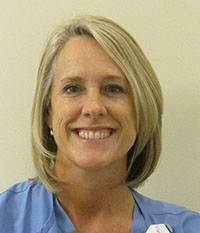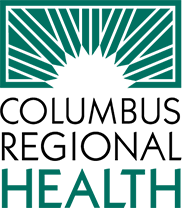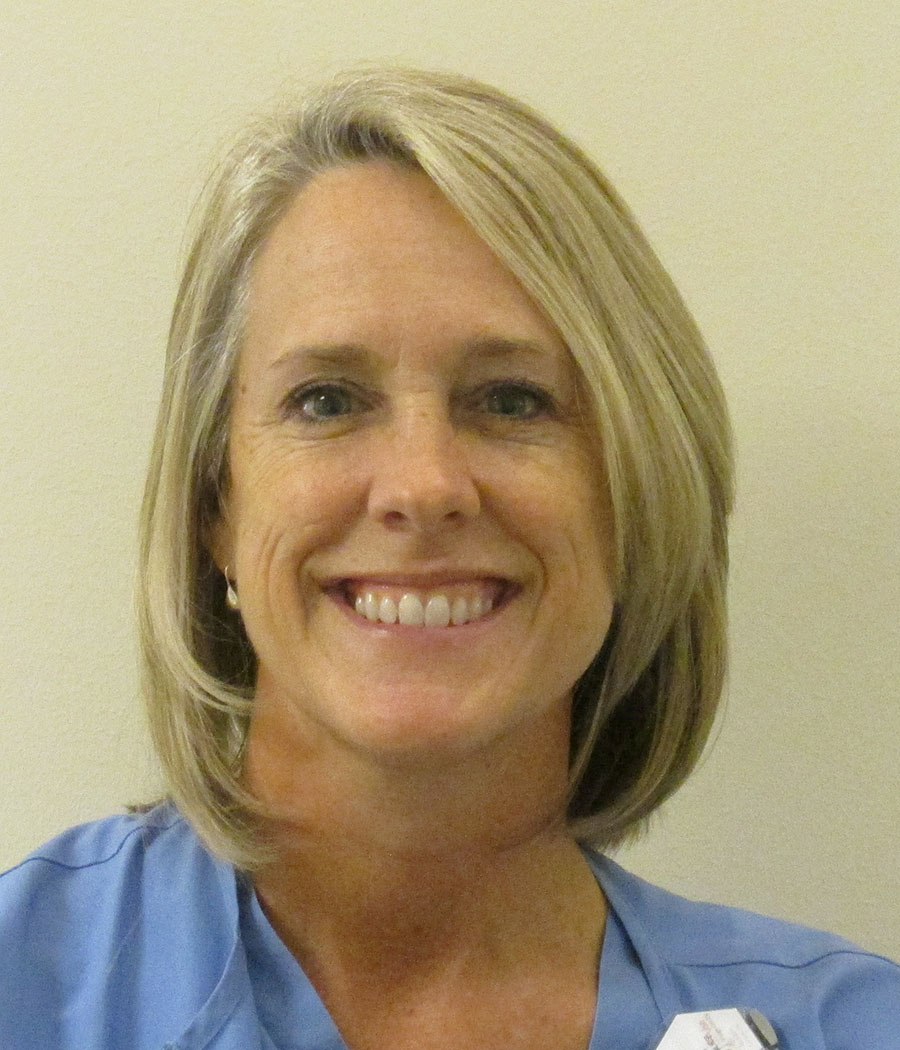Julie Bailey — Working with Area Hospitals to Provide the Best Care for STEMI Patients

Door-to-balloon time is a key performance quality metric in the treatment of STEMI heart attacks and refers to the time a patient arrives at an emergency room to the time the blocked coronary artery is reopened. The American Heart Association’s guidelines recommend door-to-balloon time should be within 90 minutes for best patient outcomes. Columbus Regional Health’s door-to-balloon time for the past year has averaged 55 minutes within the county, putting CRH in the 90th percentile nationally. Outside of the county, our door-to-balloon time averages 73 minutes, compared to the national average of 105 minutes, which also puts CRH in the 90th percentile nationally.
“With the hard work of our Acute Myocardial Infarction team, resulting in a smooth STEMI process, we have the trust of the hospitals in our surrounding area,” said Julie Bailey, a registered nurse in the Cardiac Cath Lab. Myocardial Infarction is the medical term for a heart attack, and STEMI stands for ST-segment elevation myocardial infarction, which is the most serious type of heart attack. Julie was referring to the trust Schneck Medical Center, Decatur County Memorial Hospital, and St. Vincent Jennings Hospital have in CRH to care for their patients who suffer from heart attacks. In 2010, we began partnering with these hospitals to improve the care for STEMI patients; Julie has been instrumental in building and strengthening those relationships.
Before we had these partnerships, patients living in other counties would be transported to the nearest hospital to be evaluated, which could take up to one hour. EMS would then transfer the patient to CRH. At that point, too much time had passed to support the best patient outcomes. “You’re out of the door-to-balloon timeframe,” Julie said. Today, if a patient in Jackson County has chest discomfort that requires emergency care, Jackson County EMS will complete the patient’s electrocardiogram (EKG) during transport to Schneck Medical Center. Upon arrival to the ambulance bay, the EMS will be met by the emergency physician along with an RN to verify the EKG and administer cardiac medications as recommended by the American College of Cardiology. By that time, our STEMI team has already been notified. Following EKG verification the patient is then transported to CRH. In Decatur and Jennings counties, the patients come immediately to CRH.
Julie maintains close relationships will all the teams involved in the care of STEMI patients at these hospitals. “If any one of these points of care isn’t as passionate or caring about this, the whole system falls apart,” she said. She sends real-time reports to each hospital detailing how each patient is doing along with ways in which they can work together to improve the process. “They seem to appreciate the camaraderie. They feel like they have a voice. They feel like they have someone on their side here,” Julie said. Prior to our collaborations with these other hospitals, Julie said that they were all essentially competing with each other. “Now it is more about the patient. We’re all on the same team,” she said.
Julie joined CRH in 1991 and has spent 28 of those years doing research on heart attack patients to support the best outcomes. She doesn’t see herself doing any other work. “I like to see our accomplishments in our STEMIs – we get patients who are the sickest of the sick. Because our processes are so smooth, we are absolutely giving them the best possible chance for a good outcome,” she said. “Back in the day, patients would stay at the hospital for a week. Now they’re back home living their lives the next day. We do a phenomenal job. It’s everybody’s piece of the pie that makes it work.”
And your work is a key ingredient in that pie, Julie. Thank you for all that you do to support our heart patients.
Want more stories like this? Subscribe to our E-newsletter
Four Sneaky Causes of Back Pain

Are you experiencing ongoing achiness or sudden and sharp back pain? When injury or heavy lifting isn’t to blame, consider these possible culprits.


